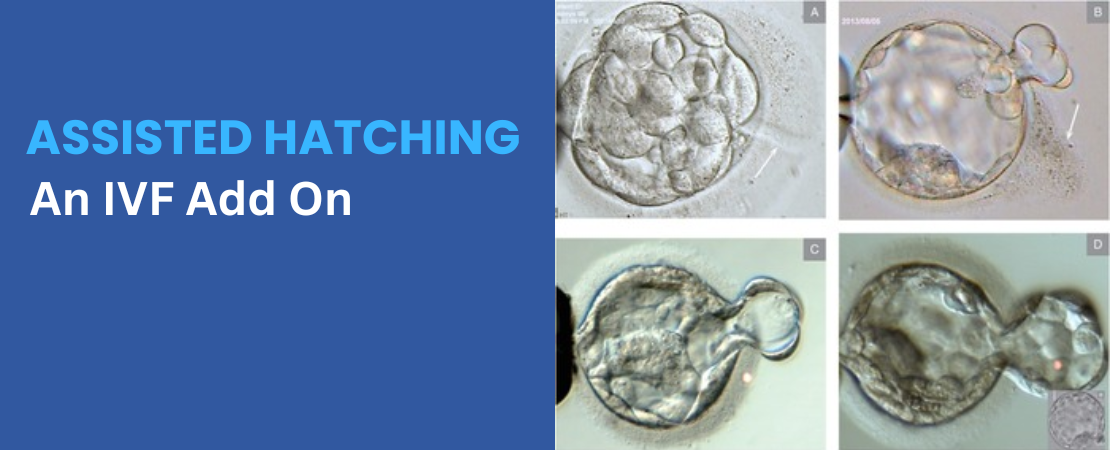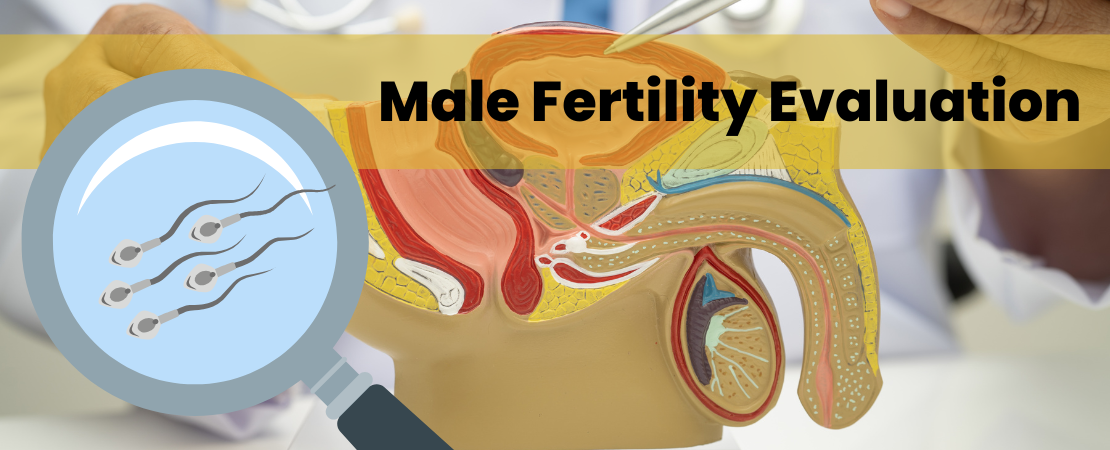What is HLA Compatibility
HLA compatibility refers to how similar two individuals’ human leukocyte antigens (HLAs) are. HLAs are proteins found on the surface of most cells in your body, and they play a key role in how the immune system recognizes what belongs in the body and what doesn’t. HLA compatibility can be measured by doing a simple Lab test call HLA typing
What is HLA typing?
HLA typing (Human Leukocyte Antigen typing) is a lab test used to identify a person’s specific HLA genes. These genes are part of the major histocompatibility complex (MHC) and are crucial for immune system functioning—especially for distinguishing self from non-self.
Why is HLA typing done in Infertility?
In some fertility clinics, HLA typing is used to explore:
- Recurrent miscarriages
- Repeated IVF failures
- Potential maternal-fetal immune compatibility issues
Understanding HLA compatibility in context of Pregnancy
HLA Typing refers to the matching of Human Leukocyte Antigens between a mother and fetus. HLA compatibility can impact pregnancy success by influencing the mother’s immune response towards the fetus, with some studies suggesting that a moderate level of HLA mismatch might be beneficial for a successful pregnancy, while too much matching (high compatibility) could potentially increase the risk of pregnancy complications like recurrent miscarriages or preeclampsia; essentially, a delicate balance is needed for the immune system to tolerate the fetus without aggressively attacking it.
Key points about HLA compatibility and Pregnancy:
HLA compatibility can influence pregnancy outcomes in the following ways:
- Immune Tolerance:
- During pregnancy, the mother’s immune system must tolerate the fetus, which contains genetic material from the father (including his HLAs). The placenta expresses a specific HLA molecule called HLA-G, which helps suppress the mother’s immune system and prevent rejection of the fetus.
- Some research indicates that a moderate level of HLA mismatch between mother and fetus can trigger the development of regulatory immune cells, which are crucial for maintaining pregnancy tolerance.
- If the fetus’s HLA molecules are too similar (i.e., highly compatible) to the mother’s, her immune system might not properly recognize the fetus as “foreign” enough to trigger the necessary immune adaptations for pregnancy support.
- Natural Killer (NK) Cells and HLA:
- The interaction between maternal uterine NK cells and fetal HLA-C molecules is critical. Poor interaction due to too much or too little HLA compatibility can disrupt implantation or placental development.
HLA Dissimilarity between Partners is Often Beneficial for Pregnancy:
- Some studies suggest that a certain level of HLA mismatch between partners can be beneficial, promoting better immune tolerance mechanisms (like more effective regulatory T cells).
- This helps reduce the risk of pregnancy complications such as recurrent miscarriage, preeclampsia, and implantation failure in IVF.
Potential risks with high HLA compatibility between partners:
Important factors to consider:
- HLA-DR and HLA-C genes: These specific HLA genes are often studied in relation to pregnancy outcomes, as their compatibility can significantly influence immune response at the placental interface.
- KIR genes: The interaction between maternal KIR genes and fetal HLA-C can also play a role in pregnancy success.



